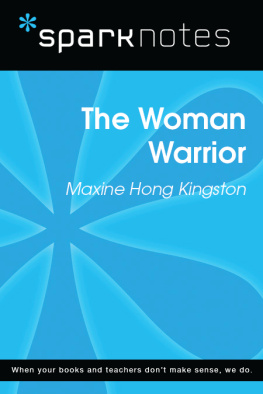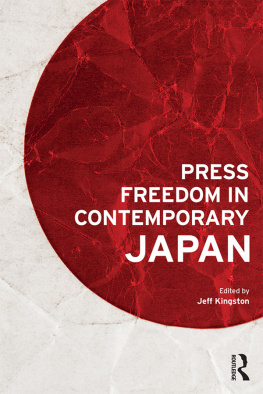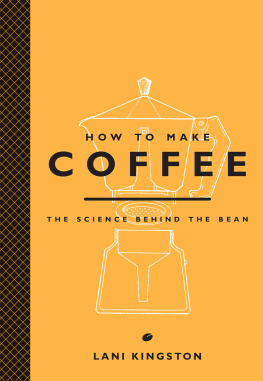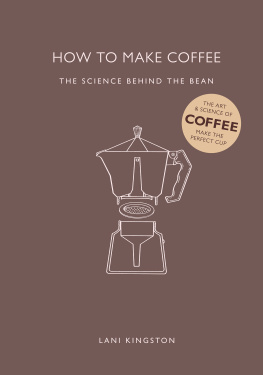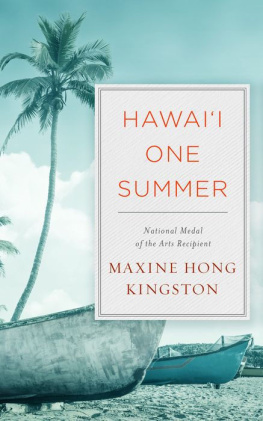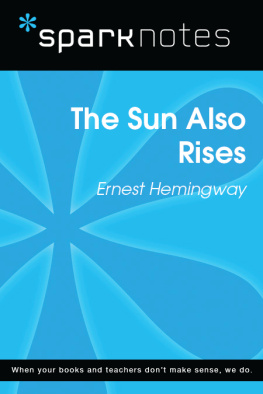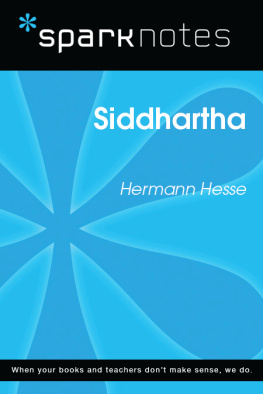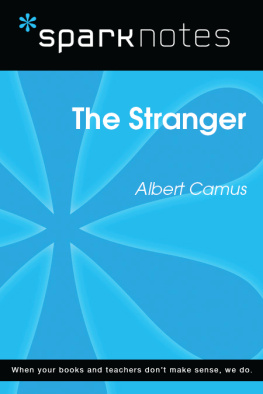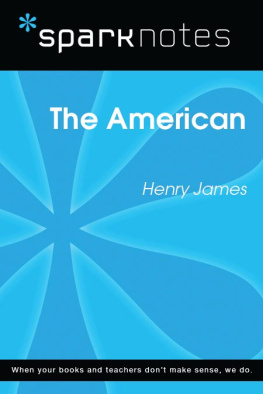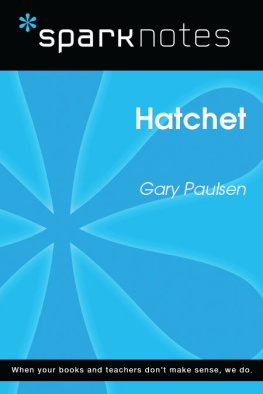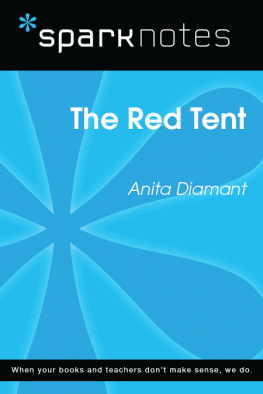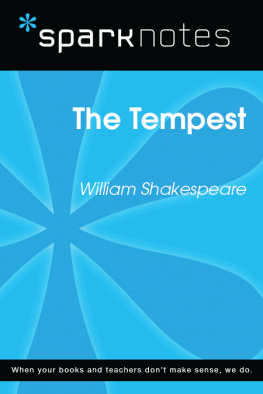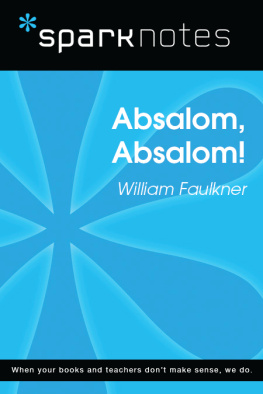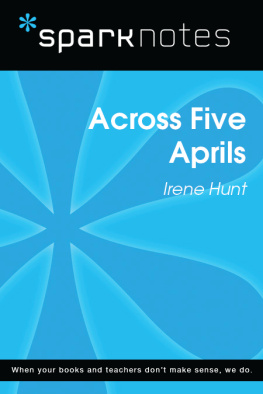Kingston - The Woman Warrior
Here you can read online Kingston - The Woman Warrior full text of the book (entire story) in english for free. Download pdf and epub, get meaning, cover and reviews about this ebook. year: 2014, publisher: Spark;Sterling Publishing Co, genre: Science fiction. Description of the work, (preface) as well as reviews are available. Best literature library LitArk.com created for fans of good reading and offers a wide selection of genres:
Romance novel
Science fiction
Adventure
Detective
Science
History
Home and family
Prose
Art
Politics
Computer
Non-fiction
Religion
Business
Children
Humor
Choose a favorite category and find really read worthwhile books. Enjoy immersion in the world of imagination, feel the emotions of the characters or learn something new for yourself, make an fascinating discovery.
- Book:The Woman Warrior
- Author:
- Publisher:Spark;Sterling Publishing Co
- Genre:
- Year:2014
- Rating:5 / 5
- Favourites:Add to favourites
- Your mark:
- 100
- 1
- 2
- 3
- 4
- 5
The Woman Warrior: summary, description and annotation
We offer to read an annotation, description, summary or preface (depends on what the author of the book "The Woman Warrior" wrote himself). If you haven't found the necessary information about the book — write in the comments, we will try to find it.
The Woman Warrior — read online for free the complete book (whole text) full work
Below is the text of the book, divided by pages. System saving the place of the last page read, allows you to conveniently read the book "The Woman Warrior" online for free, without having to search again every time where you left off. Put a bookmark, and you can go to the page where you finished reading at any time.
Font size:
Interval:
Bookmark:

2003, 2007 by Spark Publishing
This Spark Publishing edition 2014 by SparkNotes LLC, an Affiliate of Barnes & Noble
All rights reserved. No part of this publication may be reproduced, stored in a retrieval system, or transmitted in any form or by any means (including electronic, mechanical, photocopying, recording, or otherwise) without prior written permission from the publisher.
Sparknotes is a registered trademark of SparkNotes LLC
Spark Publishing
A Division of Barnes & Noble
120 Fifth Avenue
New York, NY 10011
www.sparknotes.com /
ISBN-13: 978-1-4114-7840-4
Please submit changes or report errors to www.sparknotes.com/errors.
10 9 8 7 6 5 4 3 2 1
Maxine Hong was born in 1940 in Stockton, California, where her parents, Tom and Ying Lan Hong, operated a laundry. Maxine graduated from Berkeley in 1962 and married actor Earll Kingston the same year. After becoming involved in the anti- war protests of the late sixties, the Kingstons moved to Hawaii, where Maxine taught English and began composing her two memoirs, The Woman Warrior (1976) and China Men (1980). She published her first novel, Tripmaster Monkey: His Fake Book, (1988) after returning to California with her husband. In 1990, Kingston began teaching at Berkeley.
The Woman Warrior received wide praised from critics and won the National Book Critics Circle Award for nonfiction. Its appeal cut across a wide variety academic disciplines, attracting both those interested in postmodern techniques of autobiography and those interested in stories of cultural displacement and alienation. For scholars of autobiography, Kingston's story represents an important break from past writings; her complex, multi-layered and quasi- fictional narrative flies in the face of traditional autobiographies, which tend to follow a linear-chronological pattern and maintain a stable narratoran "I"throughout. Kingston's memoir, on the other hand, is a blending of voices and styles, often contradictory, that use many of the techniques of postmodernism: ambiguity, incoherence, pluralism, and irony.
Kingston has received some criticism for purporting to represent the "typical" experience of Chinese-Americans, and in other cases for taking traditional material and changing it to suit her own needs. One source of the latter criticism is the story of Fa Mu Lan, a traditional Chinese myth about a girl who took the place of her father in battle. In the "White Tigers" section of The Woman Warrior Kingston adds and incorporates elements from other myths to create an entirely new fantasy from the story of Fa Mu Lan. For her part, Kingston claims that she never intended such stories to be either representative or accurate. Furthermore, we must keep in mind that The Woman Warrior is not a chronicle of Chinese culture or traditions, but simply a reflection of the experience of one Chinese-American far removed from the culture and traditions about which she is writing.
Though Kingston's work may not be universally representative, it does offer a glimpse into the realities of life for many Chinese emigrants to America and their children. As early as the 1840s, Chinese immigrants had been arriving in America in search of better lives, driven from their home country by widespread poverty and attracted by possibilities in the new American West. However, like many other ethnic groups entering America at the time, the immigrants faced social, economic, and legal discrimination that limited their rights and opportunities, keeping most of them living together in pockets of Chinese communities such as the area in Stockton where Kingston grew up. Women such as Brave Orchid, who had once been a doctor in her own country, were forced to toil in sweatshops or become laundry workerssome of the few jobs available to Chinese-Americans well into the twentieth century.
Kingston's memoir finds its way onto the syllabi of many women's studies courses for the gender issues it raises, especially regarding the role of women in traditional Chinese society. Brave Orchid embodies an archetypal Chinese attitude of self-denial and self-abnegation for the good of the communitythe very qualities that "No-Name Woman" lacks. Kingston's memoir is further peppered with references to the subjugation of women in Chinese culture and tradition, such as the oft-repeated phrase "better to have geese than girls." The Woman Warrior is as much about Kingston's finding voice and strength as an independent woman within this tradition, and how to reconcile the notion of Chinese wife-slave with the talk-stories about swordswomen and shamans.
Though The Woman Warrior easily stands on its own, Kingston did intend it to be read in conjunction with China Men, her companion piece published four years later. While the first work tells the stories of the important women in Kingston's life, with the men relegated to the background, the second focuses on Kingston's father, and thus completing the picture of Kingston's childhood. Kingston also believes that she finds more of a voice in China Men, and that in order to appreciate The Woman Warrior it is helpful to read what she feels is her more accomplished text. Still, it is the first memoir that usually appears on high school and college syllabi or in anthologies. The most popular chapters in anthologies tend to be the first two, "No-Name Woman" and "White Tigers."
The Woman Warrior focuses on the stories of five womenKingston's long-dead aunt, "No-Name Woman"; a mythical female warrior, Fa Mu Lan; Kingston's mother, Brave Orchid; Kingston's aunt, Moon Orchid; and finally Kingston herselftold in five chapters. The chapters integrate Kingston's lived experience with a series of talk-storiesspoken stories that combine Chinese history, myths, and beliefsher mother tells her.
The first chapter, "No-Name Woman," begins with one such talk-story, about an aunt Kingston never knew she had. Because this aunt had brought disgrace upon her family by having an illegitimate child, she killed herself and her baby by jumping into the family well in China. After hearing the story, which is told to her as a warning, Kingston is never allowed to mention her aunt aloud again, so she decides to create a history of her aunt in her memoir. She imagines the ways that her aunt attracted a suitor, comparing her aunt's actions of quiet rebellion against the community to her own rebellion. Kingston also recreates her aunt's horrible experience of giving birth in a pigsty and imagines her aunt's ghost walking around with no one to give it gifts, as was Chinese custom. In the end, Kingston is unsure whether she is doing justice to her aunt's memory or just serving her own needs.
"White Tigers" is based on another talk-story, one about the mythical female warrior Fa Mu Lan. Fa Mu Lan, whose story is told through Kingston's first-person narrative, trains to become a warrior from the time she is seven years old, then leads an army of meneven pretending to be a man herselfagainst the forces of a corrupt baron and emperor. After her battles are over, she returns to be a wife and mother. The story of Fa Mu Lan is contrasted sharply with Kingston's own life in America, in which she can barely stand up to her racist bosses. Kingston realizes, however, that her weapons are her words.
"Shaman" focuses on Kingston's mother, Brave Orchid, and her old life back in China. Brave Orchid was a powerful doctor, midwife, and, according to the talk-story, destroyer of ghosts back in her village. To a young Kingston, Brave Orchid's past is as astounding as it is terrifying, and many of the images from her mother's talk-storyChinese babies left to die, slave girls being bought and sold, a woman stoned to death by her villagershaunt Kingston's dreams for years to come. At the end of the chapter, Maxine visits her mother after being away for many years. The two arrive at some kind of understanding after many years of disagreement and conflict, and Brave Orchid is warm and affectionate towards her daughter for the first time in the memoir.
Font size:
Interval:
Bookmark:
Similar books «The Woman Warrior»
Look at similar books to The Woman Warrior. We have selected literature similar in name and meaning in the hope of providing readers with more options to find new, interesting, not yet read works.
Discussion, reviews of the book The Woman Warrior and just readers' own opinions. Leave your comments, write what you think about the work, its meaning or the main characters. Specify what exactly you liked and what you didn't like, and why you think so.

